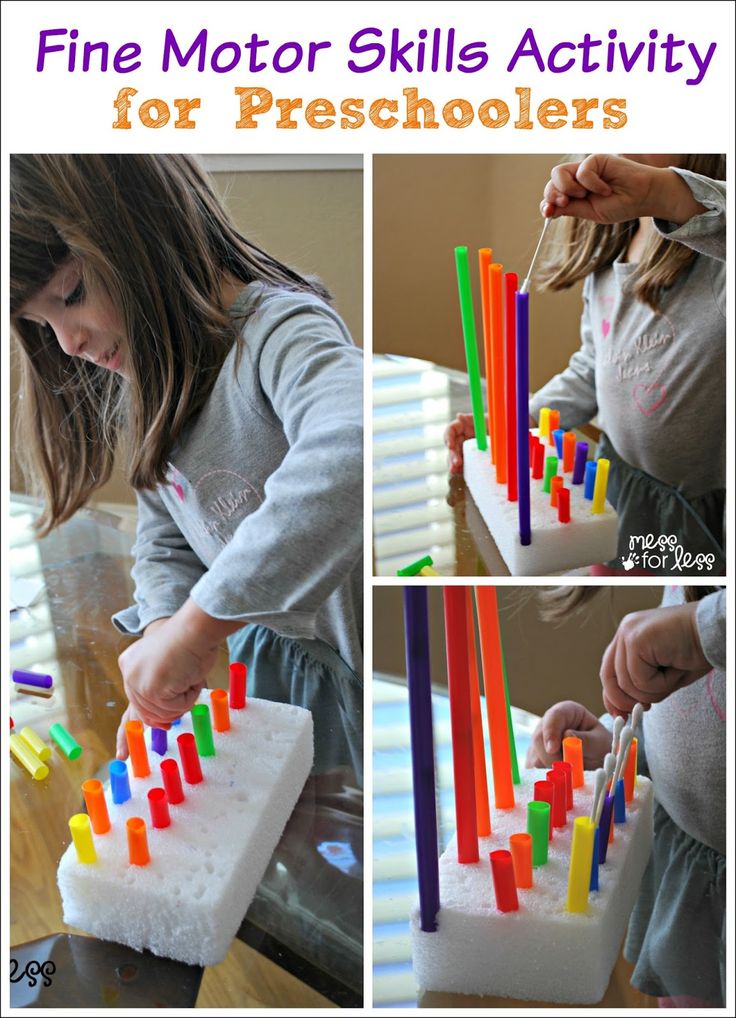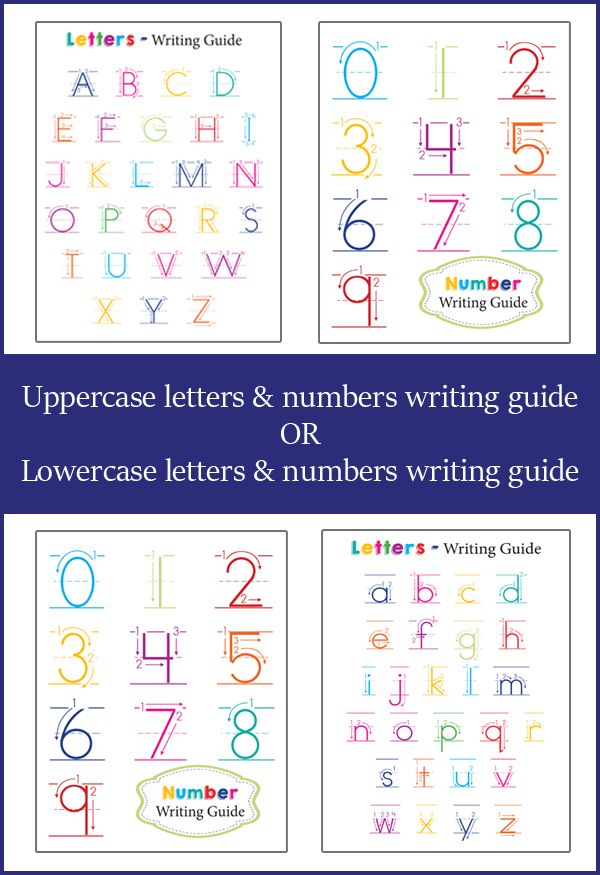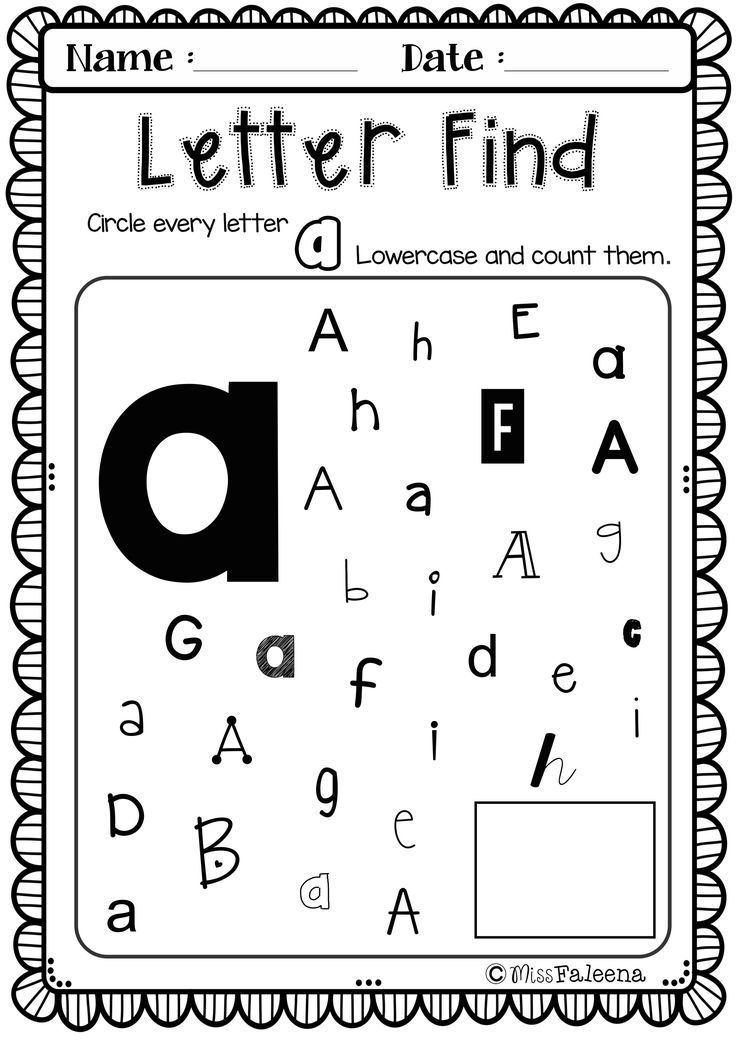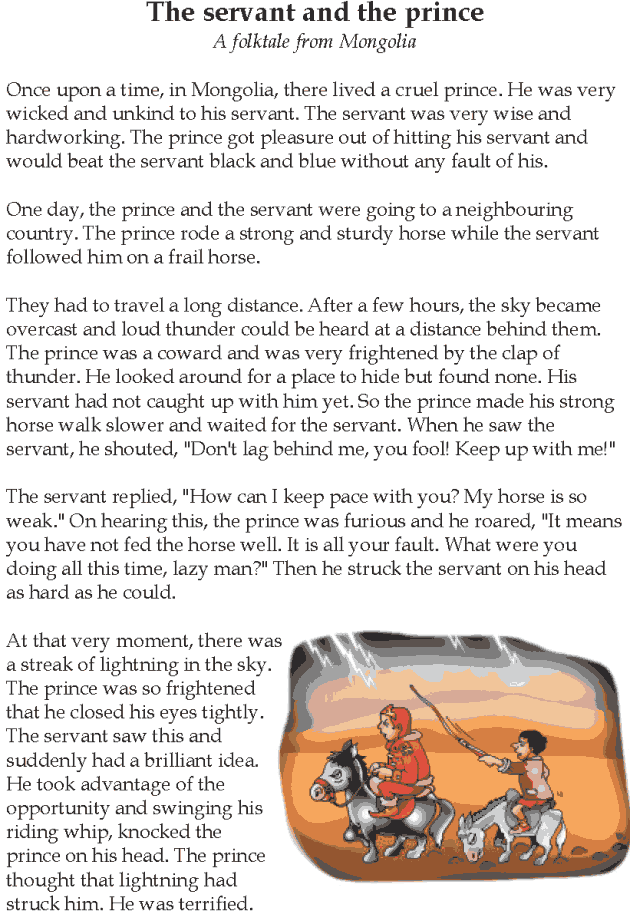How many phonograms are there
A Helpful Guide For Parents
Phonograms are the foundation of your child’s reading and spelling success. But what resources do you need to teach them to your child?
While phonograms sound like an intimidating literary concept, they are actually relatively easy to teach and for kids to understand. All you need is a clear plan to get started, and that’s what we’ll help you with in this article.
However, before sharing our effective learning tips with you, let’s start by evaluating what a phonogram is.
What Are Phonograms?
Phonograms are the letters or combinations of letters that represent a sound. Think of letter combinations such as oy, ck, th, and ch. These are common phonograms that you’ll often come across in the English language.
When a child doesn’t know these letter combinations and the sounds they make, it becomes challenging to write or spell correctly. But when they understand them, they know that “oy” makes an /oi/ sound (e.g., boy), “ck” makes a /k/ sound (e. g., pack), and so forth.
There are also letters that give different sounds depending on the word. For instance, “s” is a phonogram with an /s/ sound in some words (e.g., sing) and a /z/ sound in other words (e.g., has).
The Importance Of Learning Phonograms
Phonograms are an important pre-literacy skill. They are the building blocks of words because they help make reading and spelling much easier.
Let’s take the word cat as an example. For a child learning to spell, they will usually pronounce the individual sounds (i.e., phonemes) of the word: /c/-/a/-/t/.
This is fairly easy. So, let’s take things up a notch with the word talk. A child who understands phonograms doesn’t need to separate each letter of the word. Instead, they will pick up on the /alk/ sound and then be able to spell the word correctly: /t/-/alk/.
This is an essential skill because many words, especially longer ones, can be formed more quickly by remembering that certain letter combinations make certain sounds.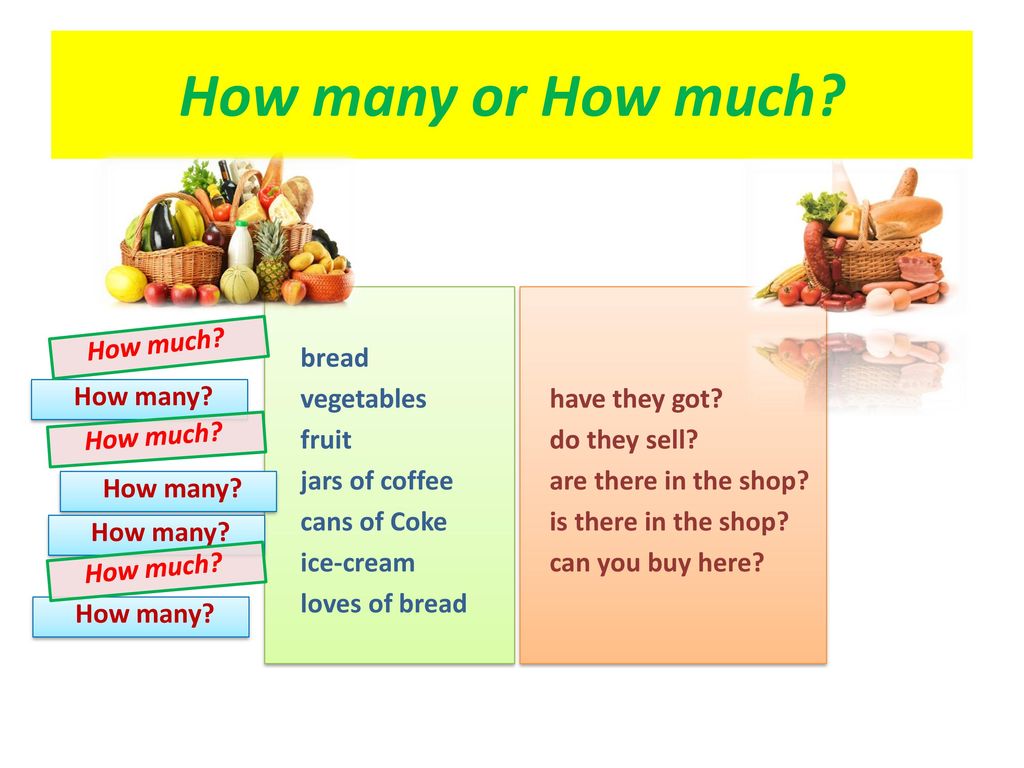
For example, we don’t pronounce the word holiday by going /h/-/o/-/l/-/i/-/d/-/a/-/y/. Sure, you can, but there are 26 letters in the English language. Imagine how much time you’d spend sounding out each letter of every word you want to spell.
A much better strategy is to focus on segmenting the word by phonograms: /h/-/o/-/li/-/day/. Understanding phonograms makes spelling and reading fluently much easier and more efficient.
And a child who understands phonograms may have a better chance of correctly spelling words they are unfamiliar with. For example, when a child can spell winter, they have a better chance of spelling sister, mister, enter, after, etc.
Phonogram Vs. Phoneme
When many people think of phonograms, they often mistake them for phonemes. They both involve the individual sounds that make up a word, so they must be pretty much the same, right?
While their concepts may be closely related, there are fundamental differences between the two.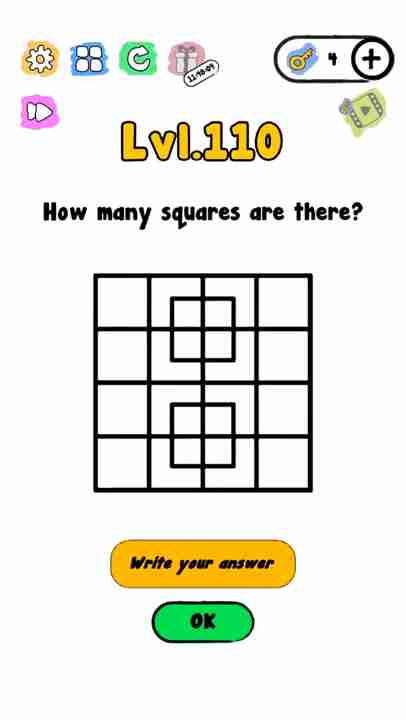 Let’s take a look.
Let’s take a look.
What Is A Phoneme?
A phoneme is the smallest unit of sound in our spoken language. We have 44 phonemes in the English language, and we combine these individual units of sound to make words.
For example, from the five-letter word light, we only hear or pronounce three individual sounds: /l/-/i/-/t/.
How’s This Different From A Phonogram?
A phonogram, on the other hand, is a visual symbol that represents a speech sound. So, from the above example, the /igh/ part of the word has the /i/ phonogram.
In total, there are 75 basic phonograms in the English language. We commonly use around 49 of them, some of which include /igh/, /dge/, /oo/, /dger/, /th/, /sh/, /ch/, and /ph/.
As highlighted above, these are the building blocks of reading and spelling, so the more familiar children are with these sounds and letter combinations, the more comfortable they will be when reading and spelling.
Here are a few tips to help your young learner grasp these concepts at home.
Tips For Teaching Phonograms At Home
1) Start Simple
There is no perfect pace for teaching phonograms. Some children may master the concepts and skills very quickly, while others may need a little more time.
No matter where your child is on their learning journey, the best approach is to start with a few and build from there.
For example, introducing three to five phonograms at a time could be a great starting point. Once your child gets comfortable with those, you can then move on to the next three to five, and so forth.
Since there are so many, it’s OK to set the goal of introducing a certain amount each week. However, if your young learner hasn’t mastered the ones you taught them last week, give them as many days as they need before progressing to new phonograms.
This will keep them excited about learning and prevent them from becoming overwhelmed. Don’t worry about a specific timeline; they will eventually get the hang of it!
2) Read Together Regularly
Here at HOMER, we’re huge fans of early childhood reading. Not only do books expose children to incredible worlds and help with cognitive and language development (and so much more!), but reading also plays an essential role in helping children get more familiar with phonograms.
Not only do books expose children to incredible worlds and help with cognitive and language development (and so much more!), but reading also plays an essential role in helping children get more familiar with phonograms.
Whenever your child is reading and comes across a word they’re unfamiliar with, remember to pause and go back to the basics of phonemes and phonograms. Help them sound out the letters and letter combinations.
You can also reinforce a phonogram by highlighting other similar words your child might know. For example, if they’re learning the /ch/ sound, remind them of words they may know, such as chair, chips, chat, child, etc.
With the above tips in mind, here are a couple of activities to make learning phonograms at home fun.
Phonogram Activities
1) Phonogram Simon Says
What You’ll Need:
- 8 Index cards
- Marker
- 8 single-letter phonograms
- Crayons
What To Do:
Start by writing down eight phonograms (one on each card) with your child. As you’re writing, say the sound the letter or letter group makes. Then, have your child decorate each card in fun ways.
As you’re writing, say the sound the letter or letter group makes. Then, have your child decorate each card in fun ways.
Once you’re done making your cards, stand on one side of the room and have your child stand on the other side. Then, hold up a card and say, “Simon says make the sound!”
If your child pronounces the phonogram correctly, they take a jump toward you. If they don’t, they have to jump backward. (Note: If there’s no room for them to go backward, they can stay put.)
The goal is for your child to reach you before the deck is done!
Tip: If your child is still mastering individual letter sounds, you can play this game with single-letter phonograms instead of letter groups.
2) 52 PickUp, With A Twist
What You’ll Need:
- The same index cards from Sound-Letter Simon Says (and more if your child is ready).
What To Do:
To start playing, toss the cards in the air. Then, have your child go around the room and say the sound for every letter or phonogram that is facing up.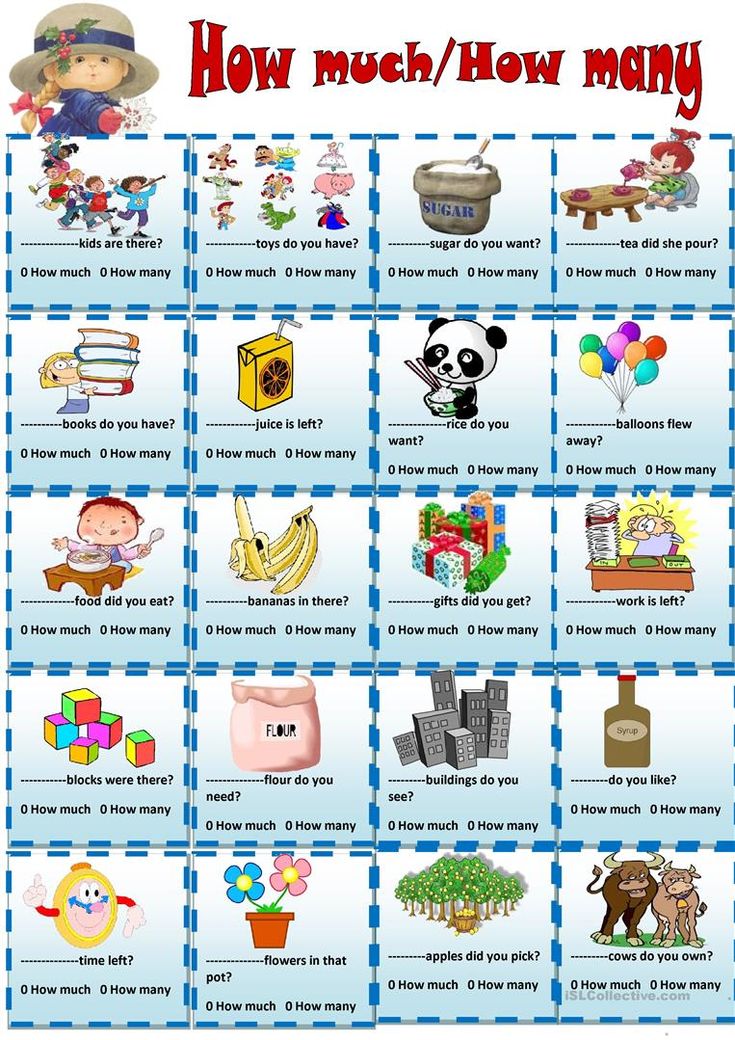
If they can make the sound correctly, they get to keep that card. Any cards they cannot pronounce go back to the deck. Then, it’s your turn (feel free to fake it a bit here).
Take turns going back and forth until all the cards are picked up. The person with the most cards wins!
3) Feel The Letter
What You’ll Need:
- Magnetic or foam letters
What To Do:
Start by asking your child to put their hands behind their back. Then, place a magnetic or foam letter in one of their hands and have them feel its shape.
To get a point, your child needs to tell you the letter. And to get a bonus point, they need to tell you the sound that letter makes. You and your child can take turns guessing to make it a fun competition!
Remember to keep things fun. For example, if your young learner gets a phonogram wrong, simply correct them and move on without stressing too much. The point of this game is to practice, and repetition is a great way to solidify phonogram knowledge.
One Phonogram At A Time
Working with your child to master phonograms can be a fun journey!
When practicing, remember to start simple by introducing just a few phonograms at a time before moving on to more. In addition, reading regularly together will also help reinforce all the language rules your child is learning.
While there are many phonograms to master, try not to focus on how quickly your child is grasping them. Instead, build their confidence around each set you introduce, and they will make a little progress each day.
Armed with all these skills, they’ll soon be able to spell accurately (most of the time) and read fluently. Just wait and see!
For more on helping develop your child’s reading and spelling skills, check out our Learn & Grow app.
Author
How to Teach Phonics (And How Not To) – Memoria Press
In the Summer 2014 Classical Teacher, I wrote an extensive article exploring the question, “What is the Classical Approach to Phonics?” The contention of that article was that there are two basic approaches to phonics in the classical education world: the traditional method and the Spalding method.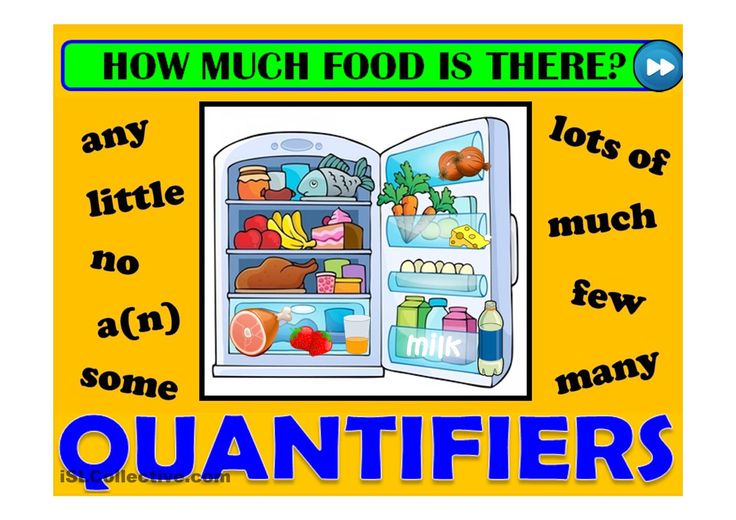
The Spalding method is based on the book The Writing Road to Reading (WRTR), written in 1957 by Romalda Spalding. Because the original 300-page manual is quite difficult, there have been a number of spin-offs that have sought to make the WRTR method more accessible.
My original article also included a detailed comparison of the two methods. Though I left the title question unanswered, my goal in the original article was to give a thorough, fair, and accurate description of the two approaches. Many readers made up their own minds, I’m sure, but many also called and wanted our answer.
In this article I will review the two approaches and critique the Spalding method in terms of the principles of traditional and classical education. For the Spalding method I will use the 1990 edition of WRTR as I did in the previous article. For the traditional method I will use A Guide to Teaching Phonics by June Lyday Orton. There are many other traditional programs I could have chosen, but the Orton Guide is well organized, simple, and has great credibility due to the pioneering work in phonics of Dr.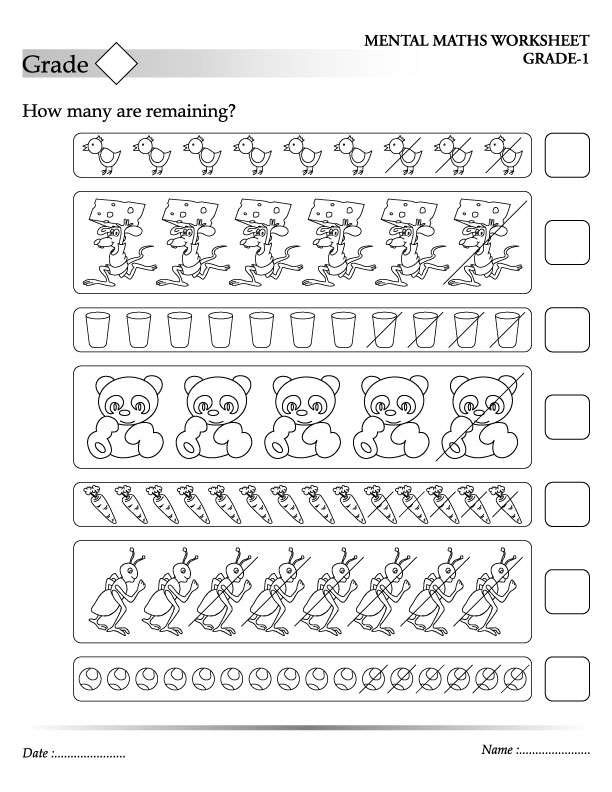 Orton. Moreover, I want to emphasize that Orton is in every respect a traditional method, despite the common belief that Orton and Spalding are very similar.
Orton. Moreover, I want to emphasize that Orton is in every respect a traditional method, despite the common belief that Orton and Spalding are very similar.
Traditional phonics begins with the alphabet and one sound for each letter, which are then blended together to sound out words. In Lesson 1, Orton teaches the sound of short a and five consonants, which are then used to practice blending sounds into words. Lesson 1 includes three sentences with words such as fat, Sam, mat, bat, sat, made with three “sight” words, I, on, had. This method needs little explanation to those familiar with traditional phonics.
The Spalding (WRTR) MethodThe Spalding method is quite complex, so I have summarized it in five steps:
1. Students (first grade) learn the sounds of 54 of the 70 phonograms in about 3-4 weeks.
2. Students analyze, mark, and spell in their spelling notebooks the most common 150 words in the English language, at a rate of 30 words per week. This is begun after Step 1, and requires about 5 more weeks.
This is begun after Step 1, and requires about 5 more weeks.
3. When Steps 1 and 2 have been taught, students begin to read on “November 1.”
4. After reading begins, the remaining 16 phonograms are taught and students continue to analyze, mark, and spell words in their spelling notebooks for a total of 780 words by April of first grade.
5. Students are tested weekly to measure spelling, using the Morrison-McCall spelling tests, and reading, using the McCall Crabbs reading comprehension tests.
In Step 1 above, the 54 phonograms are the 26 letters of the alphabet plus er, ir, ur, wor, wr, sh, ee, th, ay, ai, ow, ou, oi, oy, aw, au, ew, ui, oo, ch, ng, ea, ar, ck, ed, or, wh, oa. Of these 54 phonograms, six (g, c, s, e, i, ow) have two sounds, six (a, o, u, ch, ea, oo) have three sounds, and one (ou) has four sounds. The plan of the Spalding method is to teach in isolation the above 54 phonograms and their 45 sounds from flashcards and dictation.
There are only forty-five sounds and seventy phonograms for writing them. Begin at once to teach the class to say all the sounds and to write the first fifty-four phonograms. First-graders require three weeks, fifteen days, for this if only four new phonograms are taught each day. Schedule three hours each day … (WRTR, p. 124) Knowledge of these phonograms is tested by having the teacher dictate the sound or sounds of each phonogram (without the children seeing the phonogram card) and having them write the phonogram.” (WRTR, p. 125)
In Step 2 above, the spelling notebook has two parts. The part which begins in the first grade consists of an analysis of spelling words taught in order of frequency of use in the English language. For instance, the first five words are me, do, and, go, at. The words are analyzed using a) phonograms, b) 29 spelling rules, and c) the Spalding marking system summarized in the sidebar at the right.
Critique of the Spalding Method Spelling Before Reading?It should be clear from the five steps of the Spalding method that it is radically different from traditional phonics.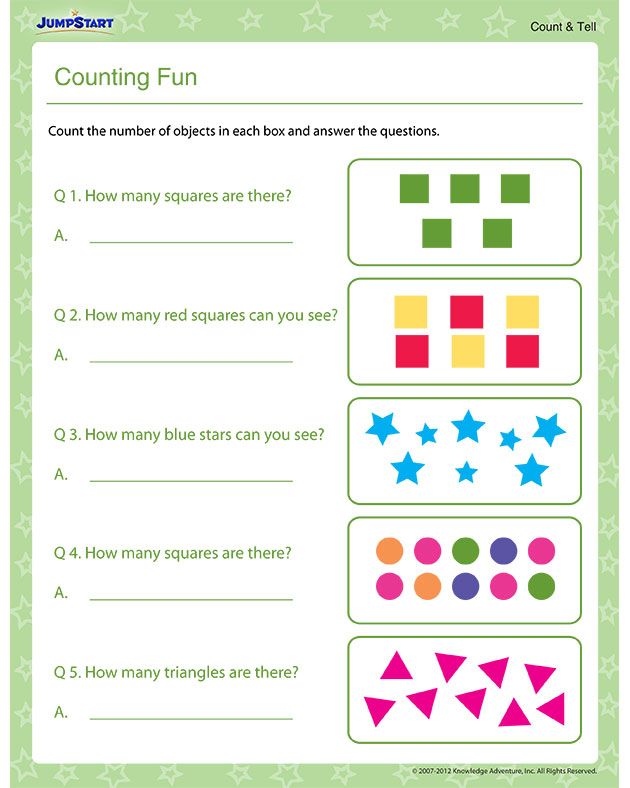 The first problem with the Spalding method is that it puts spelling before reading and argues that spelling is a necessary basis for reading.
The first problem with the Spalding method is that it puts spelling before reading and argues that spelling is a necessary basis for reading.
The failings of most of the phonic methods may be summarized in that they neglect spelling and do not teach the saying and writing of the forty-five basic sounds of the language before trying to read. (WRTR, p.27)
This is a curious idea which I have never seen anywhere else and is, in fact, inconsistent with the definition of phonics. Phonics is the teaching of letter-sound correspondence for the purpose of learning to read. Reading requires the skill of decoding—recognition of phonograms for reading and sounding out unfamiliar words. Spelling is encoding, a much more difficult skill that lags far behind reading. All readers, beginning as well as advanced, are able to read far beyond their ability to spell. To require spelling as a prerequisite to reading is getting the cart before the horse. We wouldn’t ask a child to walk before he could crawl, or run before he could walk. It is typical of modern education theory to confuse the order of knowledge with the order of learning—to focus on the advanced skill and neglect the basic skill. Spelling lags far behind reading and, while it strengthens reading, should not limit or impede the goal of fluent reading. Once students start to read real books as opposed to phonetic readers, phonics and spelling are intertwined and continue to reinforce each other throughout the elementary years.
It is typical of modern education theory to confuse the order of knowledge with the order of learning—to focus on the advanced skill and neglect the basic skill. Spelling lags far behind reading and, while it strengthens reading, should not limit or impede the goal of fluent reading. Once students start to read real books as opposed to phonetic readers, phonics and spelling are intertwined and continue to reinforce each other throughout the elementary years.
WRTR requires students to learn 54 phonograms in isolation and the spelling and analysis of 150 words before beginning to read. Why all of this frontloading? In what other subject would we frontload skills and knowledge and then ask the beginner to navigate his way through a surplus of information in order to select and use what he needs? Do we teach algebra this way? Piano? Soccer? All good teaching involves incremental lessons—small steps that give bite-size skills. This frontloading is the fundamental flaw of WRTR.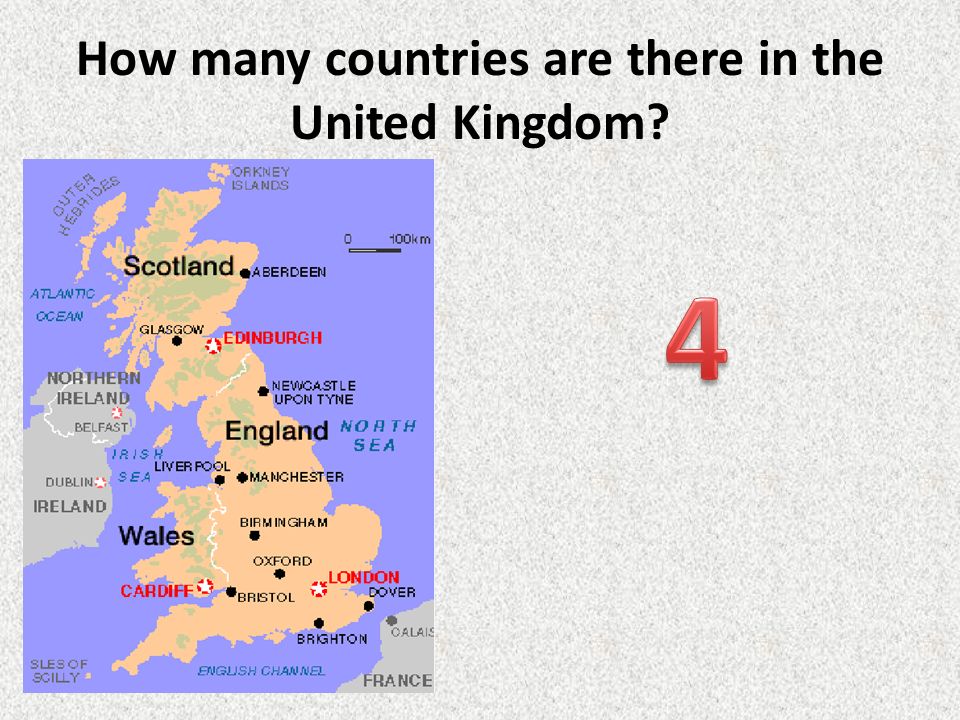 It is an egregious error. Let me illustrate the process of reading for the WRTR child when he sees the word cat, a word not found among the first 150 words in his spelling notebook. The WRTR child must analyze cat, using three sounds of the phonogram a, and two sounds of the phonogram c, and whatever spelling rules he has learned that may apply to this word. I have personally seen WRTR students struggle to read many words as simple as cat, while at the same time capable of rattling off a bewildering array of rules and phonograms and sounds. Incredibly, Mrs. Spalding does not include in her 29 Spelling Rules the very rule that the WRTR child needs to read the word cat. It is an extraordinary oversight that she missed the most consistent and basic phonics rule in the English language, “the vowel in a CVC (Consonant-Vowel-Consonant) word is short.” This is the phonics pattern that all traditional phonics programs begin with, but it is not mentioned by Mrs.
It is an egregious error. Let me illustrate the process of reading for the WRTR child when he sees the word cat, a word not found among the first 150 words in his spelling notebook. The WRTR child must analyze cat, using three sounds of the phonogram a, and two sounds of the phonogram c, and whatever spelling rules he has learned that may apply to this word. I have personally seen WRTR students struggle to read many words as simple as cat, while at the same time capable of rattling off a bewildering array of rules and phonograms and sounds. Incredibly, Mrs. Spalding does not include in her 29 Spelling Rules the very rule that the WRTR child needs to read the word cat. It is an extraordinary oversight that she missed the most consistent and basic phonics rule in the English language, “the vowel in a CVC (Consonant-Vowel-Consonant) word is short.” This is the phonics pattern that all traditional phonics programs begin with, but it is not mentioned by Mrs. Spalding. By contrast, how does the traditional phonics student learn to read the word cat? Since he has only learned one sound for each letter, the only skill required of him is to remember those sounds and practice blending them together. Learning this one basic pattern, which applies to words with initial and final consonant blends and many multi-syllable words, enables the child to read thousands of new words. Traditional phonics is incremental; each new skill is taught after the previous one has been thoroughly practiced. For instance, after the short vowels, the student learns the long vowel sounds and silent e rule. Next he may practice consonant blends, and then learn some of the long vowel teams, such as ai, oa, ay, one or two at a time, all of which he practices not in isolation but in word families. No frontloading, just step-by-step learning.
Spalding. By contrast, how does the traditional phonics student learn to read the word cat? Since he has only learned one sound for each letter, the only skill required of him is to remember those sounds and practice blending them together. Learning this one basic pattern, which applies to words with initial and final consonant blends and many multi-syllable words, enables the child to read thousands of new words. Traditional phonics is incremental; each new skill is taught after the previous one has been thoroughly practiced. For instance, after the short vowels, the student learns the long vowel sounds and silent e rule. Next he may practice consonant blends, and then learn some of the long vowel teams, such as ai, oa, ay, one or two at a time, all of which he practices not in isolation but in word families. No frontloading, just step-by-step learning.
Spalding is rigorous phonics, but it is not systematic phonics.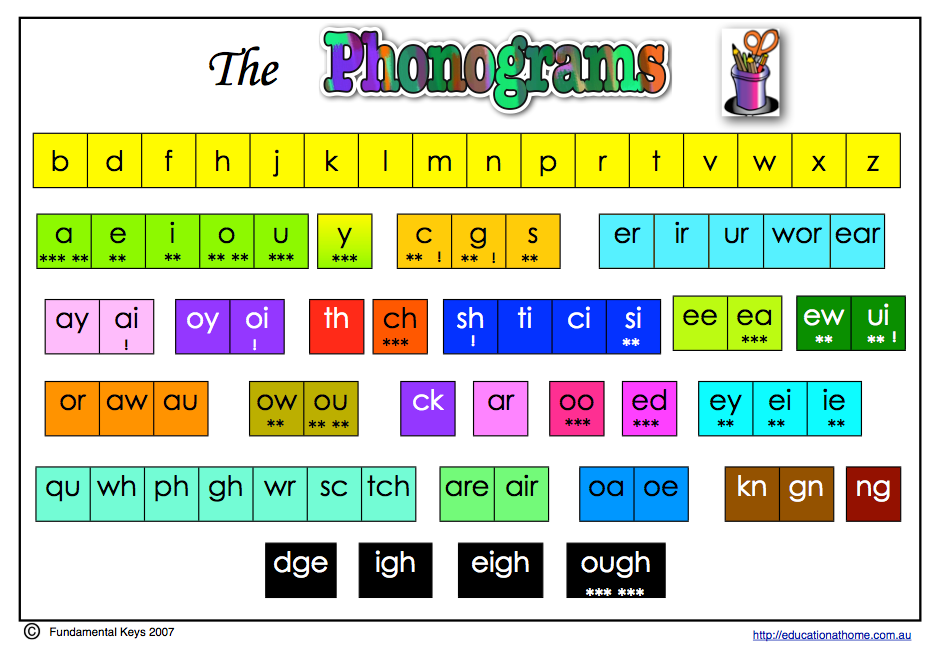 WRTR teaches 54 phonograms all at once. This is definitely rigorous, but it is not orderly. Order implies a hierarchy, categories, a selection, a plan. Drinking from a fire hose is not a plan. Learning 54 phonograms in isolation is overwhelming and lacking in structure, but Mrs. Spalding then compounds her error by teaching students to apply the phonograms in a completely random order, the order found in the 150 most common and irregular words in the English language.
WRTR teaches 54 phonograms all at once. This is definitely rigorous, but it is not orderly. Order implies a hierarchy, categories, a selection, a plan. Drinking from a fire hose is not a plan. Learning 54 phonograms in isolation is overwhelming and lacking in structure, but Mrs. Spalding then compounds her error by teaching students to apply the phonograms in a completely random order, the order found in the 150 most common and irregular words in the English language.
Traditional phonics teaches phonograms in a logical order, beginning with one sound for each letter and proceeding from the most common and most regular patterns to those that are less common and less regular, each pattern applied immediately in word families. This order has been worked out over time by teachers and linguists, and though it may vary in some details, it is a thing of beauty. This order is completely obscured in WRTR. I cannot see how either the teacher or student could develop any understanding of the underlying order of the English language or how to teach it—from WRTR.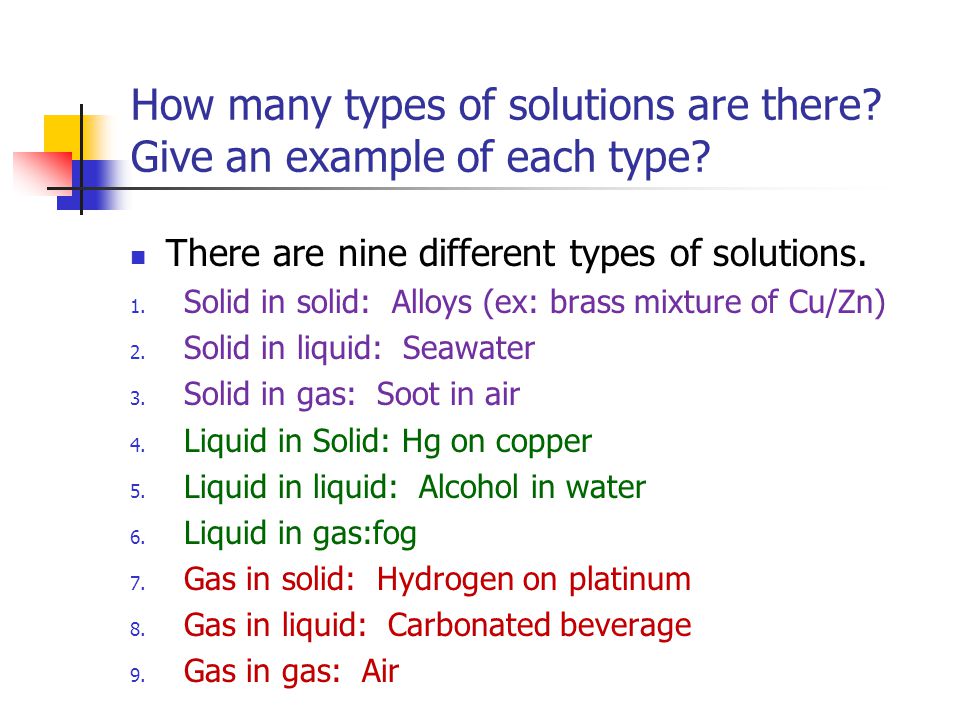
Spalding has no relation to traditional or classical phonics. Spalding is rigorous phonics, but it is not systematic phonics; it is not incremental phonics, and it is not common-sense phonics. The task of remembering the 70 phonograms, many with multiple and overlapping sounds, taught in isolation with no aid to memory provided by actual words, pictures, or word families, and concurrently remembering 29 awkwardly worded and abstract spelling rules as a basis for reading is a remarkably obtuse and unnatural method—it is easy to mistake this confusion with complexity.
There have been many who have worked hard to rewrite WRTR, to make it more user-friendly and provide the details and materials needed to implement it; they are to be commended. From what I have seen, most of them have improved WRTR and corrected some of its most egregious faults. But it is time to recognize that WRTR is fundamentally flawed and reject it as unsound, putting our efforts instead into developing sound phonics and reading programs based on traditional methods that work.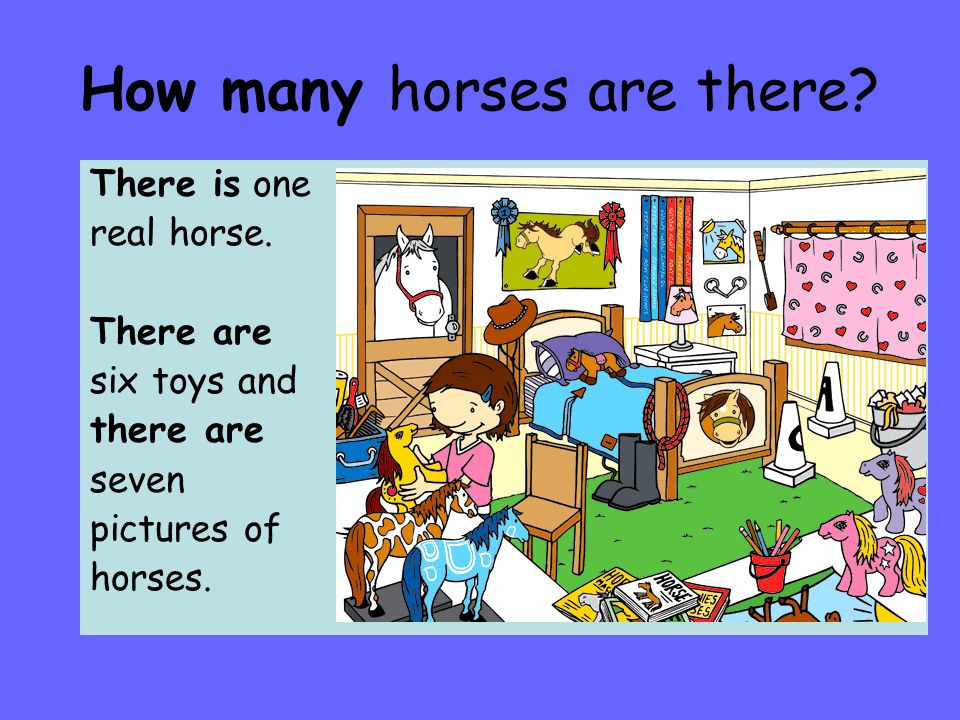 I would also submit that its use by the classical education movement is unfortunate and undermines the credibility of our movement. But the question remains: What is the appeal of WRTR and why has it persisted so long? I think there are two reasons.
I would also submit that its use by the classical education movement is unfortunate and undermines the credibility of our movement. But the question remains: What is the appeal of WRTR and why has it persisted so long? I think there are two reasons.
1. With its 70 phonograms, 29 spelling rules, and marking system, WRTR appears to be comprehensive and rigorous. We classical educators are serious, and this is appealing to us. But increasing complexity and confusion is not evidence of rigor. It is evidence of poor teaching.
2. With its 70 phonograms, 29 spelling rules, and marking system, WRTR claims to greatly minimize the irregularities of English spelling. We classical educators like order and discipline. We want to believe that English spelling can be reduced to a predictable system with only occasional irregularities. We think this is a necessary argument against the anti-phonics crowd.
But here is the real truth. English is the most irregular of all of the modern languages.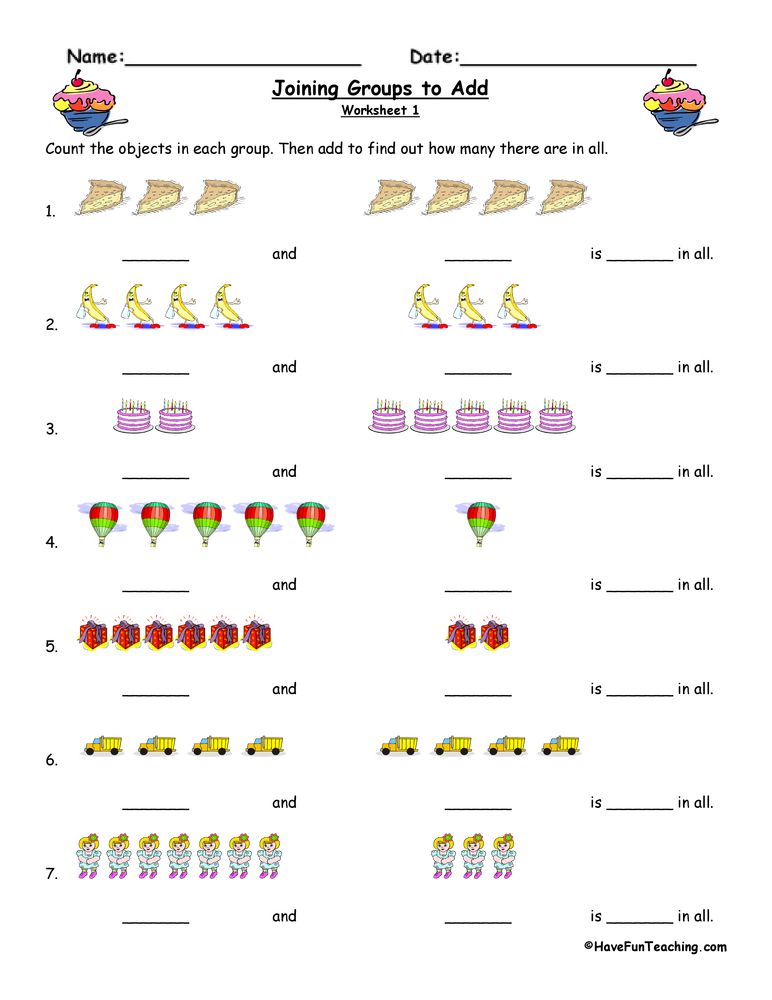 It is, in fact, in a class by itself. Not only does English have many phonograms with multiple sounds, it has many sounds that are spelled by multiple phonograms. There is an average of eight different ways to spell each of the long vowels in English, and there are few, if any, rules that govern these variations. If you know that it is boat rather than bote, it is not because of a rule but because you have seen the word spelled correctly many times. English has 19 vowel sounds, as compared to five for Spanish and Italian. Due to its complex history, there is no end to the richness and irregularity of the English language. For this reason, English-speaking children take longer to become fluent readers and take even longer to become proficient spellers. But the irregularity of English is not an argument against phonics; it is an argument for phonics. Most languages don’t teach phonics because their alphabets are regular and phonetic. In most other languages, the alphabet is the only phonics needed.
It is, in fact, in a class by itself. Not only does English have many phonograms with multiple sounds, it has many sounds that are spelled by multiple phonograms. There is an average of eight different ways to spell each of the long vowels in English, and there are few, if any, rules that govern these variations. If you know that it is boat rather than bote, it is not because of a rule but because you have seen the word spelled correctly many times. English has 19 vowel sounds, as compared to five for Spanish and Italian. Due to its complex history, there is no end to the richness and irregularity of the English language. For this reason, English-speaking children take longer to become fluent readers and take even longer to become proficient spellers. But the irregularity of English is not an argument against phonics; it is an argument for phonics. Most languages don’t teach phonics because their alphabets are regular and phonetic. In most other languages, the alphabet is the only phonics needed. For English-speaking children, the alphabet is only the beginning. For English-speaking children, systematic, incremental, and common-sense phonics is the classical way to teach our children how to read and spell.
For English-speaking children, the alphabet is only the beginning. For English-speaking children, systematic, incremental, and common-sense phonics is the classical way to teach our children how to read and spell.
Originally published in The Classical Teacher Spring 2016 edition
How to choose karaoke for home. Important settings. Number of phonograms, sound.
Karaoke is a great pastime for people of all age groups. Thanks to this entertainment, even a person who does not have good vocal abilities can feel like a real star.
Previously, in order to sing your favorite songs into the microphone, you had to go to a cafe or restaurant. Currently, karaoke systems for home use have appeared on sale. These devices have high-quality sound and an impressive base of compositions.
The modern market of karaoke equipment offers users a variety of models: from budget to luxury. When choosing a suitable installation, it is necessary to pay attention not only to its price, but also to the characteristics presented below.
Number of tracks
Karaoke singing is especially popular in big companies. Friends or relatives get together to relieve stress after working days and get positive emotions. However, usually each of the amateur singers has his own musical preferences: someone loves domestic songs, and someone likes foreign compositions. To avoid quarrels and misunderstandings, it is advisable to purchase a device with a large assortment of phonograms.
For example, the song database of the AST Mini home karaoke system includes more than 14,000 songs (about 10,000 Russian and Ukrainian, more than 4,000 foreign). In addition, the repertoire is updated quarterly.
Searching for audio recordings in AST Mini is convenient and easy. The user can find the desired song by:
– genre;
- name;
- to the contractor;
- separate words from her text.
The system also has a TOP 100 songs performed chart function, which provides the user with a list of songs that are selected most often.
Sound quality
The sound of a good machine is always clear and crisp. When playing phonograms, there should be no extraneous noise of an electrical and mechanical nature. It is better to give preference to a device that is equipped with various options for adjusting the sound in accordance with the vocal abilities of the performers.
AST Mini meets all of the above requirements. The system has 2 microphone inputs with separate volume control. It has a built-in voice processor with 9various programs, allowing you to give the performance a special expressiveness. While singing, the user can control:
– tone and tempo of the phonogram;
– the level of the selected voice effect.
Control method
A karaoke system should be as comfortable as possible. When choosing a device, you need to pay attention to the presence of a remote control, as well as the possibility of alternative control.
AST Mini can be controlled with:
- remote control supplied with the device;
- applications on a tablet or smartphone on iOS and Android.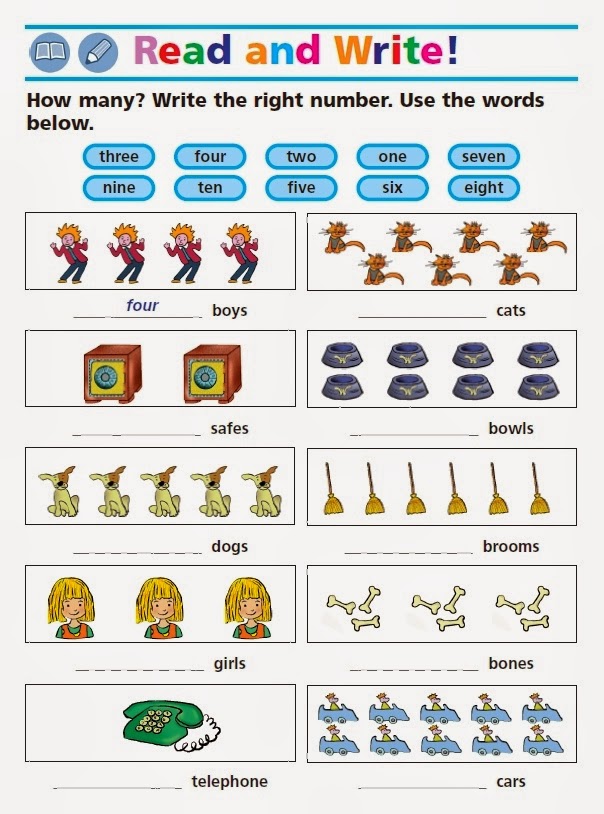
Additional functions
The following options testify in favor of choosing the AST Mini home karaoke system:
- Scoring for performance.
- Built-in media player for viewing photos and movies, and listening to audio recordings.
- Record and store up to 50 played songs.
- Adjustment of the text of the soundtrack on the screen.
Choice
Before choosing a karaoke machine for your home, you should familiarize yourself with the various models and it is advisable to try them in action. Now on the market there are many models that differ significantly both in price and in quality and functionality. With the right karaoke system at home, you will get a real entertainment corner that will attract more and more guests each time for a pleasant pastime.
The online store "Student" offers a wide range of Karaoke systems of various brands. You can get acquainted with them in the catalog.
You can also write to us in the Vkontakte group, we answer very quickly, give recommendations on the choice and discounts!
Join our music club:
Club online store "Student"
is a discount on ALL store goods from 7 to 20%.
Just register!
Number subtraction
excel
Formulas and Functions
Formulas
Formulas
Number subtraction
Excel for Microsoft 365 Excel 2021 Excel 2019 Excel 2016 Excel 2013 Excel 2010 Excel 2007 More...Less
Important: The calculated results of formulas and some Excel worksheet functions may differ slightly on x86 or x86-64 Windows-based computers and ARM-based Windows RT computers. Learn more about these differences.
Suppose you want to know how much inventory is unprofitable (subtract profitable items from the total stock). Or perhaps you want to know how many employees are approaching retirement age (subtract the number of employees under the age of 55 from the total number of employees).
What to do
There are several ways to subtract numbers, including:
-
Subtracting numbers in a cell
-
Subtracting numbers in a range
Subtraction of numbers in cell
For simple subtraction use arithmetic operators - (minus).
For example, if you enter in cell formula \u003d 10-5, as a result, 5 will be displayed in the cell.
Subtraction of numbers in the range
Adding a negative number is like subtracting one number from another.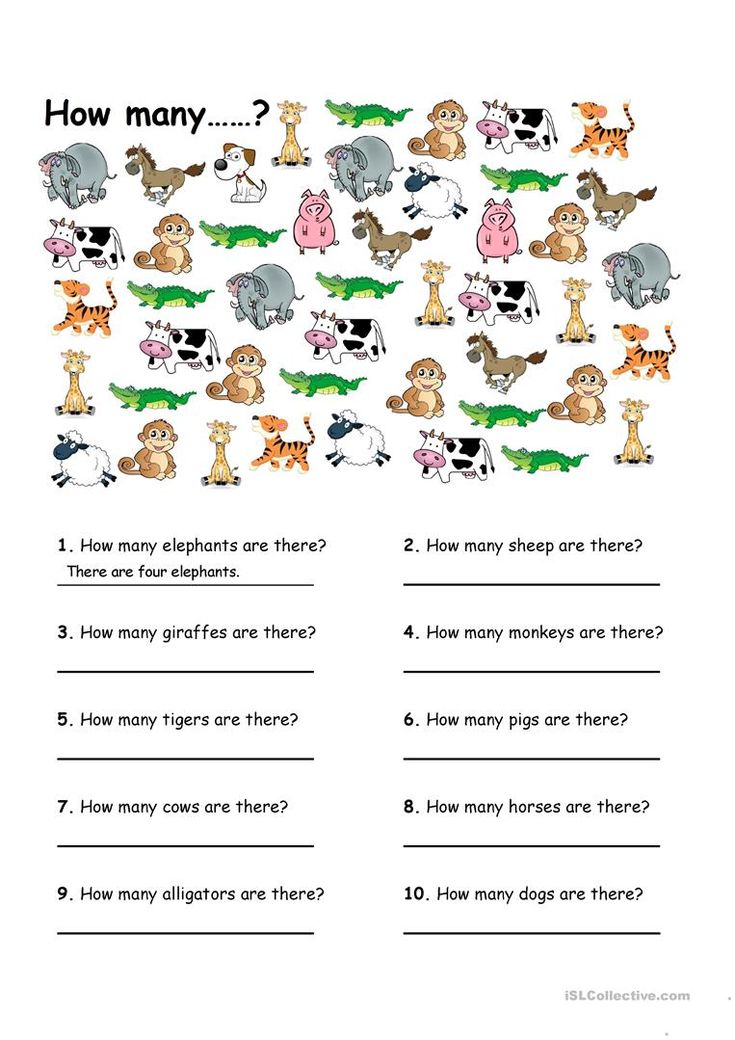 Using the SUM function , you can add negative numbers in a range.
Using the SUM function , you can add negative numbers in a range.
Note: Function 9 does not exist in Excel0104 SUBTRACT . Use the SUM function, converting any numbers you want to subtract to their negative values. For example, the function SUM(100,-32.15,-6) returns the result 77.
Example
To subtract numbers in various ways, follow the steps here.
-
Select all rows in the following table, and then press CTRL+C.
Data
15000
9000
-8000
Formula
=A2-A3
Subtracts 9000 from 15000 (which is equal to 6000).



